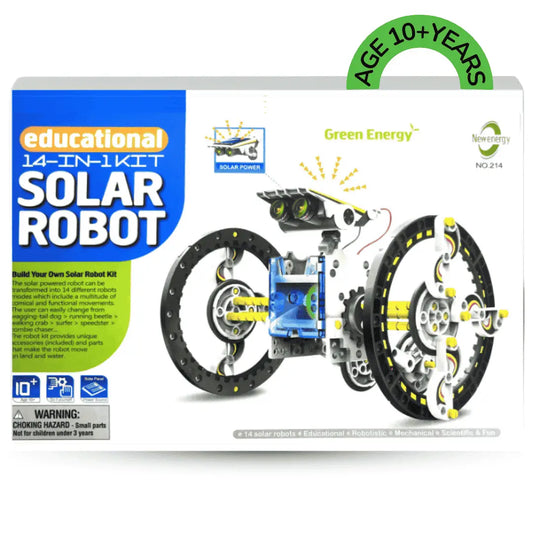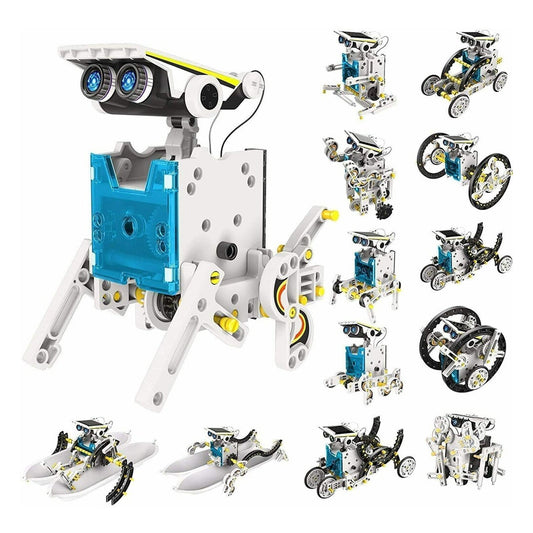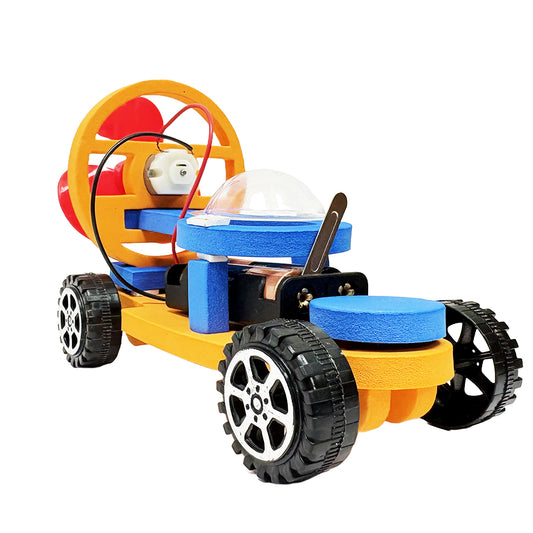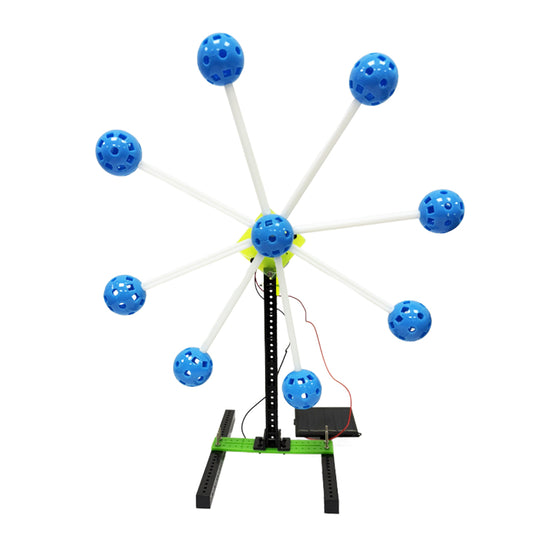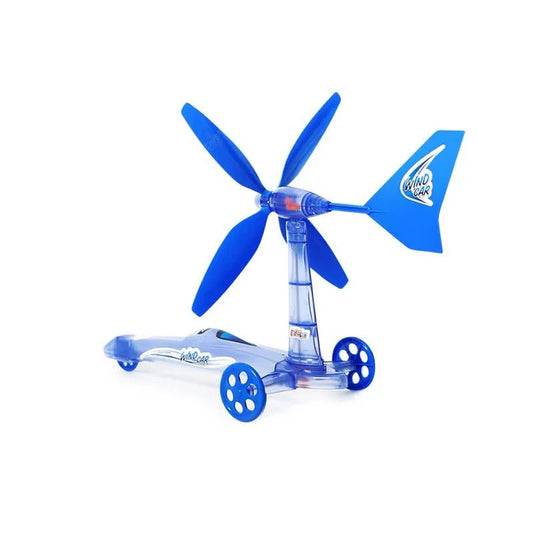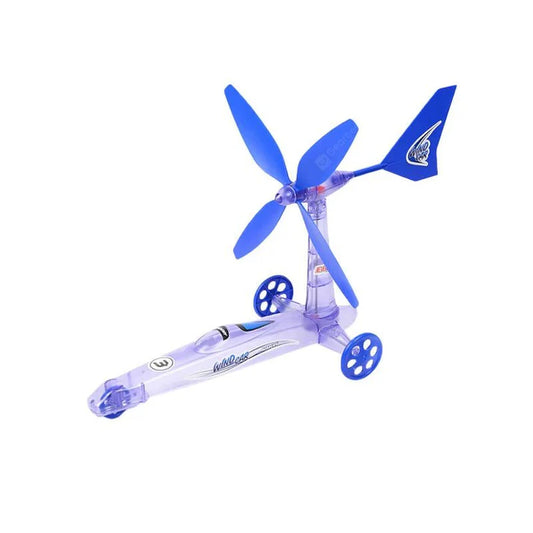
Microcontroller vs Microprocessor: What's the Difference?
IEM Robotics- What is a Microcontroller
-
What makes up a microcontroller?
-
What is a microprocessor?
-
Architecture and design- Microcontroller vs Microprocessor: What's the Difference?
-
Memory and storage- Microcontroller vs Microprocessor: What's the Difference?
- Input/Output capabilities: Microcontroller vs Microprocessor: What's the Difference
-
Applications: microprocessor and microcontroller
-
Programming and development
-
Similarities between microprocessor and microcontroller
- Conclusion
Microcontroller vs Microprocessor: What's the Difference? Let’s dive in. From massive industrial machines to the smartwatch on your wrist, electronics power almost everything around us today. At the core of many of these devices are two key players: microprocessors and microcontrollers.
At first glance, they might seem alike. After all, both are tiny computing devices built to perform tasks. But look closer, and you’ll see they have very different roles, designs, and uses.
Microcontrollers are built for focus and efficiency. They handle repetitive, specialized tasks in embedded system and use limited resources. But while doing so, it requires minimal power consumption. Think of them as the quiet workers who keep appliances, sensors, or small gadgets running smoothly.
Microprocessors, on the other hand, are the powerhouses. They’re fast, flexible, and capable of handling multiple tasks simultaneously. They run complex operations, support multitasking, and can even power complete operating systems, such as Windows or Linux.
In this guide, we’ll break down the differences between the two and cover their architecture, features, benefits as well as real-world applications.
By the end, you’ll have a clear picture of which one best fits your project and how each plays a role in shaping modern computing.
What is a Microcontroller
A microcontroller (MCU) is like a tiny computer built onto a single chip, designed to handle specific tasks inside an embedded system. Think of it as the “brain” that quietly runs the everyday devices around you.
What makes up a microcontroller?
CPU – the part that does the thinking and calculations
RAM and ROM/Flash memory – short-term and long-term memory for storing data and programs
I/O ports – the connectors that let it talk to the outside world
Timers – to keep track of time or events
Communication interfaces (I2C, SPI, UART) – ways to exchange data with other devices
ADCs (Analog-to-Digital Converters) – to convert real-world signals like sound or temperature into digital data that the chip can understand
You’ll find microcontrollers almost everywhere: in robots, cars, medical machines, kitchen appliances, and even toys. Basically, any device that needs intelligent, reliable control without the complexity of a whole computer.
A few popular examples include:
Atmel ATmega328 used in the famous Arduino Uno
Microchip PIC16F877A
STM32 series by STMicroelectronics
What is a microprocessor?
On the other hand, the majority of personal computers and high-performance embedded systems are powered by microprocessors, which are general-purpose processing units. To understand Microcontroller vs Microprocessor: What's the Difference? Just know that microprocessors have the CPU and need other parts to work, like:
- External Random Access Memory
- External Flash/ROM
- Interfaces in the periphery
Microprocessors are well-suited for devices such as laptops, tablets, smartphones, and industrial control systems, as they can handle more complex tasks and manage entire operating systems.
- Some Microprocessor examples include:
- Core i7 Intel
- AMD Ryzen series
The difference between microcontroller and microprocessor
Even though the two might seem the same, here are some of the differences you can identify at just a glance.
Core components:
Microcontroller: Has CPU, RAM, ROM, and I/O on one chip
Microprocessor: Only has a CPU and requires the other components
Cost:
Microcontroller: The average price is low
Microprocessor: The average price is towards the higher side
Power consumption:
Microcontroller: The amount of power supply required is low
Microprocessor: This, on the other hand, needs more power
Processing power:
Microcontroller: It is limited to 8-bit, 16-bit, and 32-bit
Microprocessor: The processing power is high to 32-bit and 64-bit
Task type:
Microcontroller: It usually performs specific and single tasks
Microprocessor: It can multitask as it is a general-purpose computer
Operating system:
Microcontroller: It often runs RTOS or bare-metal
Microprocessor: It runs a whole OS like Windows or Linux
Application: (examples of microcontroller and microprocessor)
Microcontroller: Some application examples include a thermostat and a microwave
Microprocessor: Some of the examples are smartphones and laptops
Architecture and design- Microcontroller vs Microprocessor: What's the Difference?
|
Feature |
Microcontroller (MCU) |
Microprocessor (MPU) |
|
Architecture |
Harvard architecture – like two separate roads: one for data, one for instructions. Smooth traffic, no clashes. |
Von Neumann architecture – like a single-lane road where data and instructions share space. It can get crowded. |
|
Speed & Efficiency |
Very efficient for small, focused tasks. Can handle data and instructions simultaneously. |
May face slowdowns due to “traffic jams,” but makes up for it with fast clock speeds, large caches, and multitasking capabilities. |
|
Best For |
Real-time control, quick responses, and low power use. Think appliances, sensors, and gadgets. |
Heavy-duty tasks need lots of power. Perfect for computers, smartphones, and servers. |
|
Design Priority |
Simplicity, reliability, and energy-saving. |
Flexibility, performance, and the ability to run complex systems. |
|
Everyday Example |
Like a microwave’s brain—focused on one primary job. |
Like a laptop’s brain—juggling many tasks at once. |
Memory and storage- Microcontroller vs Microprocessor: What's the Difference?
Both microcontrollers and microprocessors have different storage and memory.
Microcontroller: They typically include the following because they are designed for simpler, task-specific operations:
RAM limit (in KBs)
Firmware is stored in flash memory.
Non-volatile data storage using EEPROM
These are sufficient for real-time operations and simple programs.
Microprocessors support large storage drives (SSD, HDD) and gigabytes of RAM. More memory and storage are necessary since they depend on operating systems and intricate program ecosystems.
Input/output capabilities: Microcontroller vs Microprocessor: What's the Difference?
Both of them have different Input/output capabilities. Here is a breakdown of that to understand microcontroller vs microprocessor which is better:
Microcontroller: They frequently feature built-in peripherals and several I/O pins for:
- Reading data from sensors (ADC)
- PWM-controlled motors
- Serial interface (SPI, I2C, UART)
- Their purpose is to engage with the real world.
Microprocessor: These are less straightforward for basic interfacing operations because they rely on peripheral chips to handle I/O functions and may require complex driver setups.
Applications: microprocessor and microcontroller
Both have various real-world applications and are essential for performing tasks. Here is a list of applications for microcontrollers and microprocessors:
Microcontroller applications:
Consumer electronics: These include microwave ovens, washing machines, and remote controls.
Automobile: entertainment systems, automated braking, and airbag control
Medical equipment: These include appliances such as glucose meters and blood pressure monitors
Industrial Automation: Process controllers, actuators, and sensors
Do-it-yourself projects: robotics, home automation, and Arduino-based devices
Microprocessor applications:
Personal computers: This includes laptops and desktops
Mobile devices, such as tablets and smartphones
Xbox and PlayStation gaming consoles
Advanced Embedded Systems: automotive infotainment, routers, and smart TVs
Server Systems: cloud computing, data centers
Programming and development
One of the main points to consider when comparing Microcontroller vs Microprocessor: What's the Difference? is the importance of exploring the development and programming options for each.
Microcontroller:
Frequently written in C/C++
IDEs such as STM32CubeIDE, Microchip MPLAB, and Arduino IDE
Directly flashing code into the device's memory
Hardware-centric debugging (JTAG, SWD)
Microprocessor:
C/C++, Python, or other advanced programming languages
Full OS development support (Linux, Android)
SDKs, VS Code, Eclipse, and other development environments
Remote connections and OS-level tools are used in debugging.
Similarities between microprocessor and microcontroller
Even though microprocessors and microcontrollers are designed for different purposes, they share some standard features:
Both have a CPU
At the core of each, there’s a central processing unit (CPU). This is the “brain” that processes instructions and performs calculations.
Both processes data
Whether it’s controlling a motor (microcontroller) or running an app (microprocessor), both handle data and follow instructions to complete tasks.
Both need programming
They don’t work on their own. You need to load programs or code that tell them what to do.
Both use memory
They rely on memory (RAM, ROM, or flash) to store instructions and data, although the type and amount of memory may vary.
Both connect with external devices
They can interact with input/output devices like sensors, displays, or communication modules.
Both are used in electronic devices
From smartphones to washing machines, microprocessors and microcontrollers are key components in modern electronics.
Both keep evolving
As technology advances, both are becoming faster and more efficient, and sometimes even combined into single systems, such as System-on-Chip (SoCs).
Conclusion:
Microcontroller vs Microprocessor: What's the Difference? Microprocessors and microcontrollers both serve critical functions in current technology, but they are utilized for distinct uses. Microcontrollers are the backbone of embedded systems. They're low-cost, compact, and energy-saving, which makes them perfect for operating appliances, sensing sensors, or driving motors. On the other hand, microprocessors are designed for power efficiency. They drive complex systems such as computers, smartphones, and industrial machines, where multitasking and heavy processing are key.
Choosing the right one depends on the job. If your project needs efficiency and reliability with low power use, a microcontroller is the best fit. If it demands speed, memory, and the ability to run advanced applications, a microprocessor takes the lead.
As technology evolves, the lines between them are starting to blur, with hybrid chips and SoCs offering powerful yet efficient solutions. Still, understanding their differences remains essential. By picking the right component, engineers, creators, and tech enthusiasts can ensure smarter, more effective designs.

